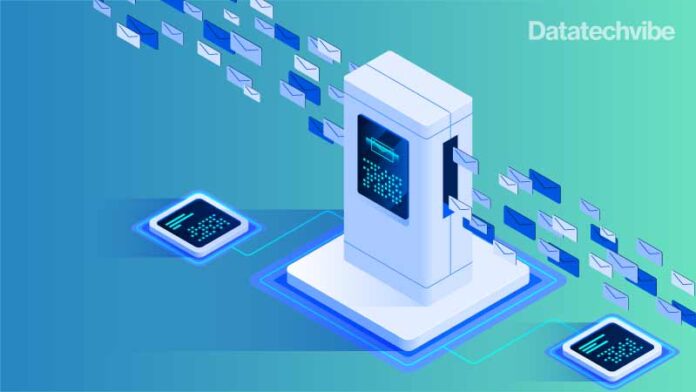Communication on a global scale has become almost impossible without email. As email has become near-universal, it should not be surprising that 94 per cent of malware attacks come from emails, according to Verizon’s 2020 Data Breach Report.
Since email serves as a vital point of data junction for both individuals and companies, the need to protect the gateway against cyber threats can mean the difference between business as usual and headlines for massive data breaches.
In April 2020, Google blocked 18 million daily malware and phishing emails related to COVID-19.
Also Read: 119,000 Cyber Threats Detected Per Minute in 2020
What is Email Security Gateway?
Secure email gateway (SEG) provides pre-delivery protection; it blocks email-based threats before they reach a mail server, whether it’s on-premises or on the cloud. In addition, they protect businesses against spam, viruses and malware. The gateway scans all incoming, outbound and internal email communications for signs of malicious or harmful content, including attachments and URLs.
Furthermore, email gateway offers protection against social engineering attacks such as phishing. To stop harmful content from entering the network, the gateway can check the domain of incoming emails, as well as scan for suspicious content within the email. Malicious emails are quarantined or rejected. Admins can access quarantined emails in some systems if necessary.
In addition to blocking incoming threats, the email gateway also scans outgoing content. Having this in place can protect businesses from data loss. Furthermore, the email gateway offers email archiving functionality, which stores emails for legal compliance and data management. Users will also access their email even if their network goes down, as they will have continuity features built-in. Businesses will also be able to access a management dashboard and a range of analytics and reports. These provide companies with visibility into all email traffic in a network. Insights into network security are vital for businesses.
Also Read: Is It Time To Ring The Cyber Alarm Bell?
Why is Secure Email Gateway important?
Across all industries, targeted threats such as phishing attacks, ransomware, and malicious attachments are increasing, and email is a weak point in business networks, as attacks on email are becoming more targeted and sophisticated.
The first line of defence should be SEG. Next, businesses can protect themselves by blocking malicious content in emails and preventing malicious emails from reaching their inboxes.
How do Secure Email Gateways work?
By combining multiple technologies, including firewall control, SEG can block email threats. The inboxes are scanned for malicious emails, both inbound and outbound, using this service. Furthermore, they offer virus and malware blocking, spam filtering, content filtering, and email archiving.
SEGs can be implemented using cloud-based architectures. Among the products in this category are virtual appliances, public clouds, and hybrid architectures. All use a cloud platform to filter email traffic.
At a network level, gateways filter email before it reaches inboxes. As a result, they do not affect end-user devices. Not only do they offer strong protection for email clients, but they also offer protection for all other devices. Employees working remotely or on their laptops can be protected as well.
Key Secure Email Gateway Features:
- Spam Filtering: Apart from using filtering technologies to block or quarantine emails from known spam domains, SEGs use algorithms to detect spam patterns like keywords and malicious links. It blocks new spam emails from entering inboxes by detecting patterns that are commonly found in spam emails.
- Virus and Malware Protection: SEG’s anti-virus technologies identify and quarantine messages that contain malicious URLs and attachments.
- Phishing Protection: With anti-fraud technology, SEGs can detect and prevent sender spoofing, and with domain name validation, they can identify and block phishing attacks. Additionally, the virus and malware protection will remove emails with malicious URLs and attachments, which will stop emails containing links to phishing websites from entering inboxes.
- Admin Controls and Reporting: SEGs give administrators control over all email policies and quarantines. With a centralised admin dashboard, administrators can manage security for the entire email network. In addition, automated and configurable reports offer administrators greater insight into their email security landscape.
Whatever the size of your business, your email communications are a prime target for attackers, and an SEG is necessary to protect your data. It provides the essential level of protection against malicious messages and attachments.









